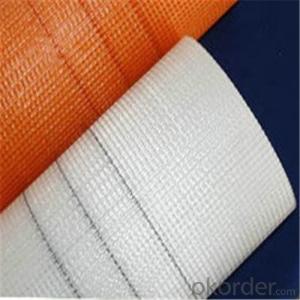Have you ever marveled at the intricate designs and complex shapes that modern electronic devices boast? The sleek curves, the smooth surfaces, and the overall aesthetic appeal are not just for show; they are a testament to the advancements in material science and engineering. One key component that has made this possible is the SMC Sheet, or Sheet Molding Compound. But what exactly is it, and how does it contribute to the creation of these masterpieces? Let’s dive into the world of SMC and explore its properties, applications, and the process of molding complex shapes with this versatile material.
The Essence of SMC
Sheet Molding Compound is a composite material made from a mixture of resin, glass fibers, fillers, and pigments. It is designed to provide high strength, durability, and resistance to environmental factors. The unique blend of these ingredients allows SMC to be easily molded into complex shapes, making it an ideal choice for manufacturers looking to create visually appealing and functional parts for various industries.
A Closer Look at the Ingredients
– Resin: The backbone of SMC, providing the binding properties that hold everything together.
– Glass Fibers: These add strength and rigidity, ensuring the final product can withstand mechanical stress.
– Fillers: They help in reducing the cost, improving the processing, and enhancing the performance of the compound.
– Pigments: Not just for aesthetics, pigments also protect the material from UV radiation and other environmental impacts.
The Molding Process
The process of molding SMC into complex shapes is a fascinating one. It involves several steps, each critical to achieving the desired outcome. Here’s a simplified overview:
1. Preparation: The SMC material is prepared by mixing the ingredients in a specific ratio to achieve the right consistency.
2. Cutting: The prepared SMC is cut into sheets of the required thickness.
3. Molding: The SMC sheet is placed in a mold and subjected to heat and pressure, which causes it to conform to the shape of the mold.
4. Curing: After molding, the part is allowed to cure, during which the resin hardens and sets the shape permanently.
5. Trimming: Excess material is trimmed off to achieve the final dimensions and shape.
6. Inspection: Quality control checks are performed to ensure the part meets the required specifications.
Applications of SMC
SMC’s versatility shines through in its wide range of applications. From automotive parts to electrical components, and even in construction and consumer goods, SMC is a go-to material for many manufacturers. Some of the common applications include:
– Automotive Industry: SMC is used for making body panels, hoods, and other structural components that require strength and durability.
– Electrical Industry: Its non-conductive properties make it perfect for electrical housings and insulation components.
– Construction: SMC is used for making components like window frames and door panels that need to withstand weather conditions.
– Consumer Goods: From phone cases to small appliances, SMC provides a combination of strength, durability, and style.
The Future of SMC
As technology continues to advance, the demand for lightweight, durable, and aesthetically pleasing materials is on the rise. SMC is well-positioned to meet these demands, with ongoing research and development aimed at enhancing its properties and expanding its applications. The future looks bright for SMC, with potential uses in emerging fields such as renewable energy and electric vehicles.
The Human Touch
While SMC is a product of science and engineering, it is the human touch that brings it to life. Skilled technicians and engineers work tirelessly to perfect the molding process, ensuring that each part is a testament to human ingenuity and creativity. The passion and dedication of these individuals are what make the complex shapes and designs possible, turning SMC from a mere material into an art form.
Conclusion
In conclusion, the SMC Sheet is more than just a molding compound; it is a key player in the evolution of modern design and manufacturing. Its unique properties and the intricate molding process have opened up a world of possibilities for creating complex shapes that are both functional and visually stunning. As we look to the future, the role of SMC in shaping our world is only set to grow, with endless opportunities for innovation and creativity.

